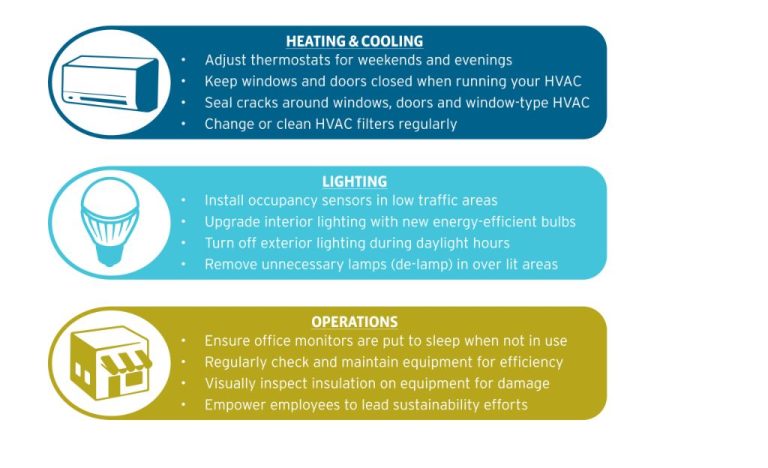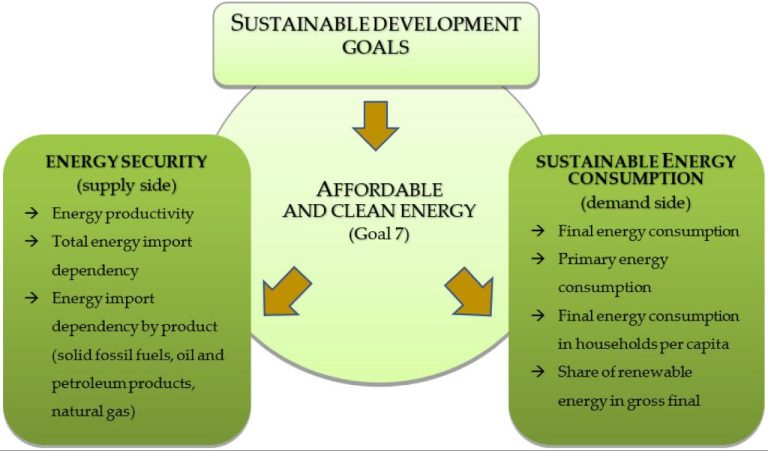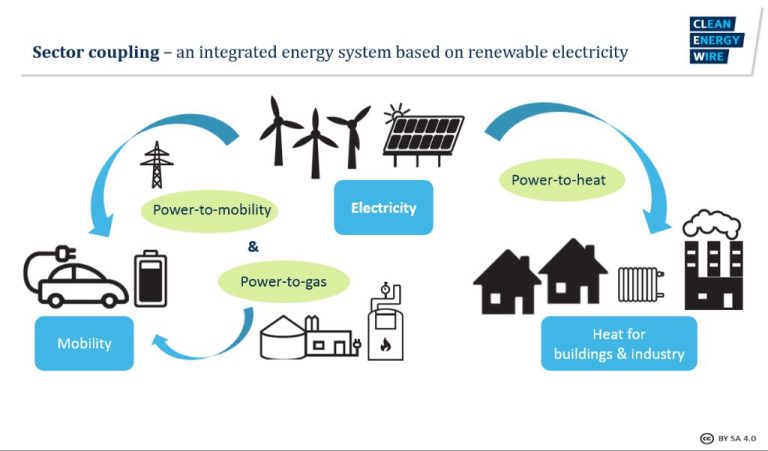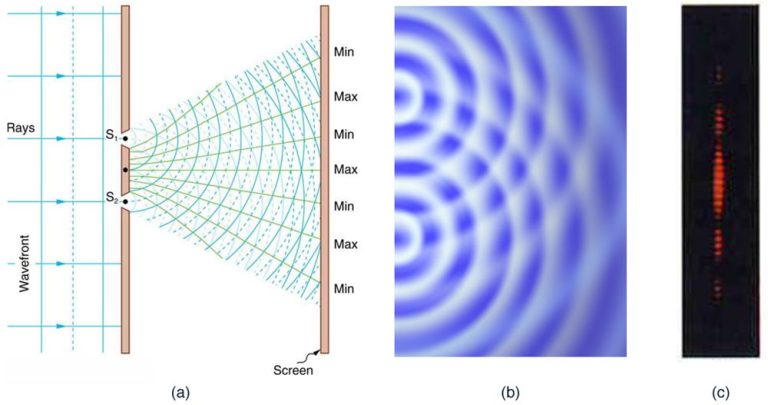How Can We Improve The Thermal Performance Of Old Buildings?
Thermal performance refers to how well a building retains heat during the winter and remains cool during the summer. Good thermal performance reduces energy costs, improves comfort for occupants, and decreases a building’s environmental impact. Older buildings often suffer from poor insulation, leaky windows, and outdated heating and cooling systems, leading to wasted energy and higher utility bills.
Improving thermal performance in old buildings is crucial for several reasons. Many old buildings were constructed before modern insulation and construction standards were implemented. Materials like old single-pane windows and insufficient wall insulation lead to significant heat loss in winter and heat gain in summer. Upgrading the thermal envelope and systems in old buildings saves energy, lowers carbon emissions, increases property values, and creates more comfortable living and working spaces.
Assess Current Thermal Performance
Before making any upgrades to improve the thermal performance of an old building, it’s important to thoroughly assess the current conditions. This involves evaluating key areas like insulation, air leaks, windows, and HVAC systems to identify problem areas and opportunities for improvement.
To assess insulation, an energy audit should be conducted to determine the R-value of insulation in walls, attics, basements and crawlspaces. In old buildings, insulation is often minimal or completely absent. An infrared camera can detect missing insulation and cold spots in walls and ceilings. Testing air tightness with a blower door test will reveal the severity of air leaks.
Windows are another important element – an audit can determine their energy efficiency rating and whether they are single pane or double pane. Old windows with deteriorating seals will be extremely leaky and energy inefficient. HVAC equipment should also be inspected to gauge efficiency – older systems like boilers and furnaces are likely well past their service life.
Combining data from an energy audit and thorough inspection will provide a clear picture of where the building is lacking in thermal performance. This will enable the targeting of upgrades to areas that will provide the biggest bang for the buck in improving energy efficiency.
Identify Problem Areas
The areas where heat loss and air infiltration are most likely to occur in older homes include:
- Windows – Old, single-pane windows provide very little insulation. Heat is easily lost through the glass and frames. This is often the number one source of heat loss in a home.
- Doors – Solid wood doors and frames allow heat to escape, especially if there are gaps around the edges. Storm doors can help improve efficiency.
- Attic and roof – Poor insulation and ventilation leads to heat escaping through the roof. Proper attic insulation is key.
- Basement and crawlspaces – Uninsulated floors, walls and foundations in basements and crawlspaces lose heat to the ground. Sealing rim joists is important.
- Walls – Heat will transmit through exterior walls, especially if insulation levels are low. Wall insulation may need upgrading.
- Fireplace – An open chimney when not in use allows warm air to escape. A fireplace damper can reduce this heat loss.
Conducting an energy audit is the best way to identify where exactly heat loss is occurring in your older home. Thermal imaging can detect leaks, and blower door tests measure airflow.
Prioritize Upgrades
When improving the thermal performance of an older building, it’s important to prioritize upgrades based on their potential impact and cost. The most effective upgrades are not always the most expensive. Focus first on any quick and affordable fixes before investing in more costly improvements.
Start by sealing air leaks around windows, doors, electrical outlets and other openings. Use caulk, weather stripping, and other sealants to plug leaks at a relatively low cost. Properly sealing and insulating ductwork also prevents wasted energy.
Next, consider adding insulation in walls, attics and basements. Insulation gives you the most bang for your buck when it comes to better thermal performance. Blown-in insulation in attics is one of the most cost effective upgrades. Strategic use of insulation bats and spray foam can further improve performance.
After addressing air leaks and insulation, turn to improvements like replacing old windows and upgrading heating/cooling systems. New energy efficient models will bolster thermal performance but represent a larger upfront investment. Take advantage of rebates and tax incentives to help offset costs.
By methodically evaluating potential upgrades and their costs, you can devise an efficient plan to enhance thermal performance without overspending. Focus on affordable fixes before making pricier improvements for the best return on investment.
Improve Insulation
One of the most effective ways to improve the thermal performance of old buildings is to upgrade the insulation. Older buildings often have little to no insulation, which allows heat to easily escape in winter and enter in summer. By adding insulation, you create a thermal barrier that traps conditioned air and improves efficiency.
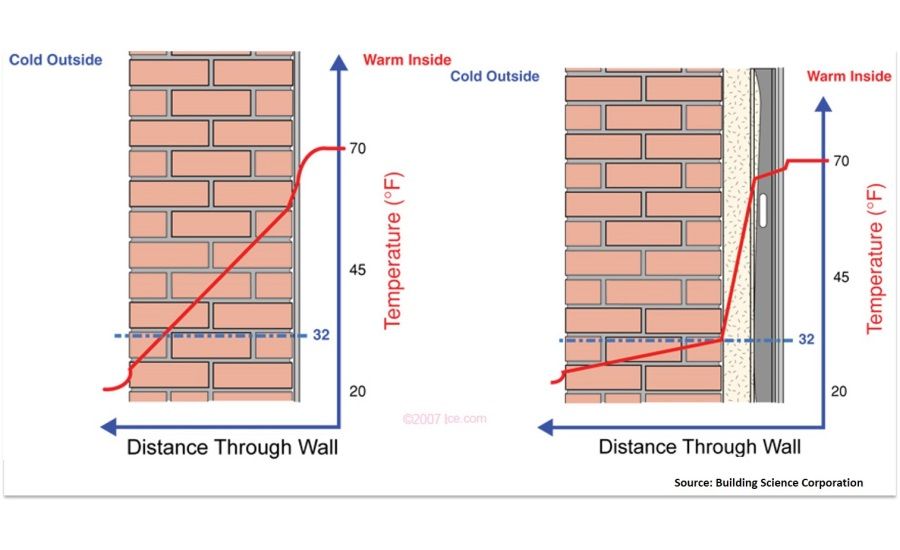
There are several types of insulation to consider:
- Fiberglass – This traditional insulation consists of extremely fine fibers of glass. Fiberglass traps air pockets, creating an insulating barrier against heat flow. It’s an affordable option available in batts, loose fill, and rigid boards.
- Mineral wool – Similar to fiberglass, mineral wool is made from natural materials like basalt or slag. It has a higher resistance to heat flow than fiberglass.
- Cellulose – This is made from recycled materials like newspaper or paper fiber. It’s an affordable, non-toxic option installed as loose fill or wet spray.
- Cotton insulation – Made from recycled cotton fibers, this is a non-itchy, non-toxic option. However, it can be more expensive than other types.
- Spray foam – Foam insulation comes in open cell and closed cell varieties. It air seals as it insulates, but can be costly to install.
When selecting insulation, consider the type of building construction and goals. Fiberglass, mineral wool and cellulose work well for unfinished walls, floors and attics. Spray foam excels at reducing air leaks in finished walls. Cotton insulation provides non-irritating insulation for exposed applications. Consult with insulation contractors to determine the optimal materials and R-values for your project.
Seal Air Leaks
One of the most impactful ways to improve the thermal performance of old buildings is by sealing air leaks. Air leaks allow cold air to enter the building in winter and hot air to escape in summer. This can lead to discomfort as well as higher energy bills.
Some common areas where air leaks occur in old buildings include:
- Around windows and doors
- Electrical outlets and switches on exterior walls
- Attics and crawl spaces
- Fireplaces and chimneys
- Plumbing and wiring penetrations
Effective sealing methods include caulking, weatherstripping, spray foam, and foam gaskets. Prioritize sealing leaks in the building envelope first, before addressing interior leaks. A professional energy audit can help locate and quantify air leaks.
Properly sealing air leaks can improve comfort, air quality, and energy efficiency in old buildings. Targeting this area provides one of the highest returns on investment for thermal upgrades.
Upgrade Windows
Upgrading to energy efficient windows is one of the most impactful improvements you can make for better thermal performance. Old, single pane windows with poor insulation can account for over 30% of home heat loss. New technology has opened up much more efficient options.
High performance low-e glass helps prevent heat transfer and insulated window frames reduce condensation and energy leakage. Some key options to consider for new windows include:
- Double or triple pane glass filled with argon/krypton gas
- Insulated vinyl, composite, or fiberglass window frames
- Low-emissivity (Low-e) coatings to reflect infrared light
- Warm-edge spacer technology for less conductive frames
- Smart glass technologies like electrochromics which tint dynamically
Upgrading all single pane windows to Energy Star certified options can reduce heating and cooling costs by 12%. With utility incentives factored in, new efficient windows will pay for themselves in energy savings in under 10 years for most homes.
Improve Heating/Cooling
Upgrading your heating and cooling systems can significantly improve the thermal performance of an old building. Consider replacing an old furnace or boiler with a newer, high-efficiency model. Newer systems can convert over 90% of fuel to heat, compared to only 60-80% efficiency in older systems. For cooling, install an Energy Star certified central air conditioner with a high SEER rating. Window air conditioners should also be upgraded to Energy Star models.
In addition, consider adding zoning to your HVAC system. Zoning divides your home into separate areas with independent temperature controls. This allows you to heat or cool only occupied spaces, saving energy in unused rooms. Smart zoning systems have programmable thermostats that sync with your schedule and self-adjust as needed. Zoning works best with forced-air systems but can also be added onto radiator or radiant heating systems.
Make sure any heating or cooling upgrades are properly sized for your home. Oversized equipment cycles on and off frequently, reducing efficiency and comfort. Work with an HVAC contractor to right-size your system.
Consider Renewables
Incorporating renewable energy sources into an old building can significantly improve its thermal performance and reduce energy costs. Some options to consider:
Solar: Installing rooftop solar panels harnesses energy from the sun to generate electricity. Any excess electricity produced can be sold back to the grid. Solar works well for buildings with adequate roof space and exposure to sunlight.
Geothermal: Geothermal heat pumps use underground temperatures to provide heating and cooling. This system pumps water or refrigerant through pipes buried underground to transfer heat between the building and ground. While installation costs are higher, geothermal systems have low operating costs.
Biomass: Converting boilers to burn renewable biomass like wood pellets provides an eco-friendly way to heat buildings. Ensure any retrofitted systems meet emissions standards. Local wood resources make biomass feasible for some buildings.
Offering financial incentives for installing renewables can offset upfront costs. Analysis of renewable options should factor in available sunlight, ground space, biomass resources, and incentive programs.
Leverage Incentives
There are many incentives available to help offset the cost of upgrading the thermal performance of older buildings. Taking advantage of these can significantly improve the return on investment.
Many utilities offer rebates and incentives for adding insulation, sealing air leaks, replacing windows, and upgrading heating and cooling systems to more efficient models. The rebates can often cover 20-30% of the project cost. Be sure to research available rebates through local utilities and state programs.
There are also federal tax credits that can be claimed for energy efficiency improvements to existing homes. The tax credit covers 10% of the cost, up to $500 total. This can be combined with utility rebates for even greater savings.
Financing options are also available to help pay for upgrades over time. Many utilities offer low-interest loans that can be paid back through monthly energy bill savings. The upgrades pay for themselves over 5-10 years. Local governments may also offer financing programs to encourage efficiency.
Leveraging all available incentives is key to making major thermal upgrades affordable. The long-term energy savings combined with upfront rebates, tax credits, and financing can cover 50% or more of the total project costs. Be sure to take advantage of any incentives available.


